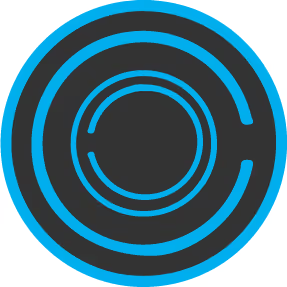




In the business world, innovation shouldn’t just be a buzzword. Innovation needs to be a mantra that every company lives by. Businesses that are top-ranked for innovation are able to innovate 20 percent to 25 percent faster on average than their counterparts, according to industry research from the Product Development & Management Association.
In the world of software development, innovation is especially important. Product innovation refers to a company’s ability to consistently develop software that resonates with customers and drives bottom-line profitability.
Unfortunately, product innovation can be elusive for many businesses engaged in software development. Their ability to take a product innovation approach to software development is constrained by budget limitations, pressures from investors, and the difficulty of recruiting and retaining top talent.
That’s where Outcode Software shines. When our product innovation experts partner with a client, we help them work through the challenges of software development so they can stay laser-focused on continuously developing market-relevant, customer-resonant products. Let’s explore the key strategies that Outcode deploys for our clients to foster product innovation during software development:
For most software developers, agile development means continuous and incremental iteration throughout the lifecycle of product development. While there’s no question that this iterative process is foundational to product innovation, traditional agile development tends to be cautious about risk-taking and creativity—two hallmarks of product innovation. In other words, even when changes to plans and directions would result in a stronger final product, traditional agile development is often not flexible enough to accommodate or incorporate these changes into the software development lifecycle.
At Outcode, we aren’t shy about taking the best parts of agile development and eschewing the parts that don’t work. We call it product-focused agile development. We embrace the core pillars of agile, including the importance of engaging in continuous, incremental iteration in close collaboration with our client. And we simultaneously recognize that strategic, well-thought-through changes in plans and direction—even ones that are based on experimentation or that trigger scope creep—can be essential for producing software products that drive bottom-line profitability.
User feedback is a standard part of software development, but it often gets short shrift. At the beginning of the software development lifecycle, end users may be consulted for their feedback and ideas, and at the end of the development process, the same end users may be invited to do user testing.
By contrast, user-centered design puts user feedback and user testing front and center throughout the software development lifecycle. At the beginning of the process, end users are extensively consulted and asked to provide feedback, with a goal to draw out of them the pain points and inefficiencies that they are not even consciously aware of. Then, throughout the development lifecycle, end users are continually and proactively invited to provide more feedback. Instead of just being invited to offer suggestions for improvement, they’re empowered to provide more incisive, critical feedback, like “Are we going down the wrong path by developing this set of features?” or “Is there going to be a market for this app?” It is through a relentless focus on user-centered design that businesses are able to solicit meaningful, actionable information that optimizes the software development process.
To develop software products that resonate with customers, developers can’t be working in silos. Other teams across the organization—from sales to marketing to customer service to legal—should be collaborating proactively with the development team. Moreover, teams across the organization should be collaborating with clients, partners, and other stakeholders. All of these collaborators provide the perspectives, experiences, and skill sets that will foster innovation.
Outcode’s approach to software development emphasizes continuous, widespread collaboration. We guide our clients in forging the connections and creating the forums for feedback that ensure the best ideas rise to the forefront.
With a traditional project-focused approach to software development, the main focus is on building a product that meets all of the plans and quality specifications that were originally laid out for the project. This approach is not conducive to fostering product innovation, as a project has a discrete end date, regardless of whether it’s truly done. True product innovation requires a growth mindset and a tireless quest for the next best thing. With product innovation, businesses are able to break free of the disciplined, cautious decision-making that’s so often associated with traditional project management.
That’s why Outcode prioritizes continuous improvement during software development. We firmly believe that incremental, continuous changes over time will ensure the resiliency of software products—even in the face of shifting market conditions and changing consumer preferences.
Product innovation is critical during software development. That’s why Outcode puts such strong emphasis on fostering product innovation with all of our clients. To create a culture that prioritizes product innovation, it’s important for businesses to commit to product-focused agile development, user-centered design, cross-functional collaboration, and continuous improvement.
To learn more about Outcode’s commitment to product innovation with all software development, please reach out to us anytime. We’d love to share our approach to partnering with your organization to drive product innovation at every stage of the software development process.